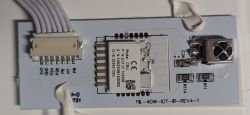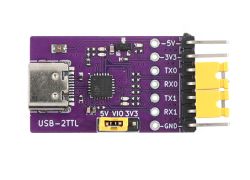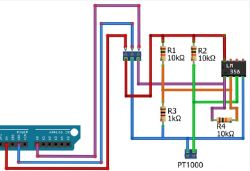This device - an Artika SkyShade LED Ceiling light Panel - uses a CBU (BK7231N) based chip and is purchasable from Costco.
It features a 115x25cm panel containing multiple LEDs to offer RGB and tunable white (warm/cold) light output, and comes with an infrared remote for additional control.
What works:
Firmware overwrite: Overwriting the firmware / wOpenBeken using leads attached to the pins and a USB-serial adapter worked fine.
RGB Lighting: I was able to deduce the outputs for R G B lights as
P7: PWM 2 (Green) output wire
P6: PWM 3 (Blue) output wire
P26: PWM 1 (Red) output wire
What doesn't work:
Infrared Input:
I've managed to trace P5 back to what I assume is the Infrared receiver (which sits on the same central board as the CBU chip) and thus set this pin to "IRRecv". However, when pointing the remote at the device and clicking buttons, I see no events for infrared input in the logs (and nothing happens).
Warm/Cold white lighting:
There are four additional wires off the device from the chip, which are labeled:
P14 (3v3)
P13 (ground)
P8: Label is fuzzy, possibly BRG
P24: Appears to be labeled "CCT"
My assumption is that the CCT output (P24) along with P8 should control the white light output and cold/warm balance. However, as of the current attempt, assigning a PWM to either of these and then attempting to change the "warmth" setting will result in all light output turning off completely until the PWM config is removed from those outputs and the chip is restarted.
Pictures of the board with the chip as well as the interface/power board are as follows:






